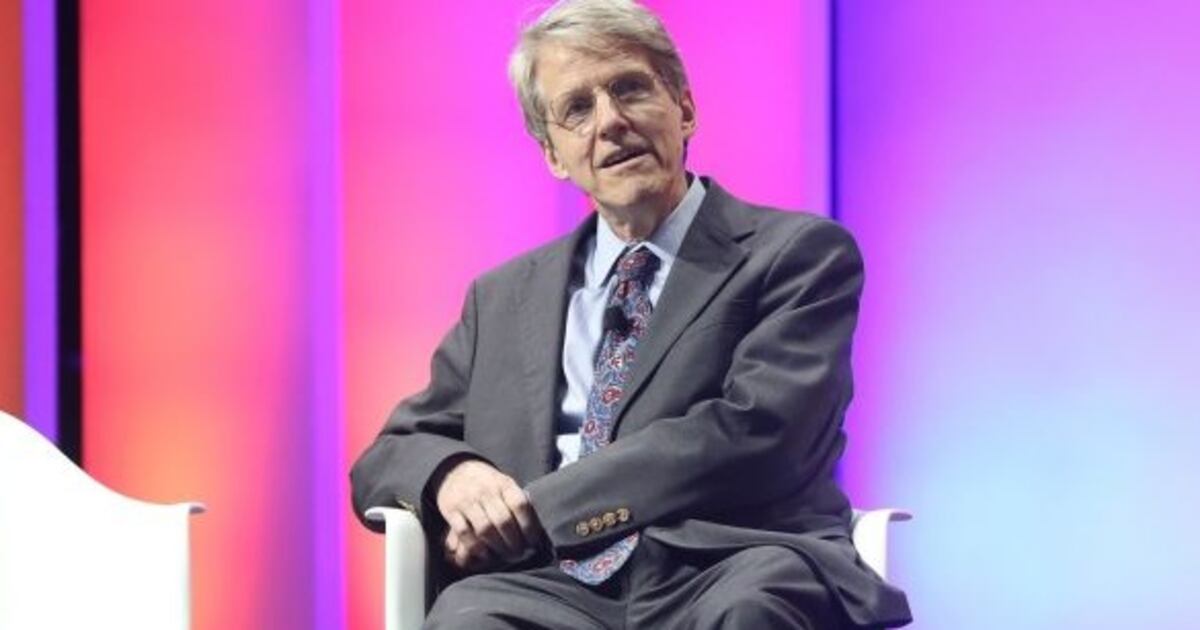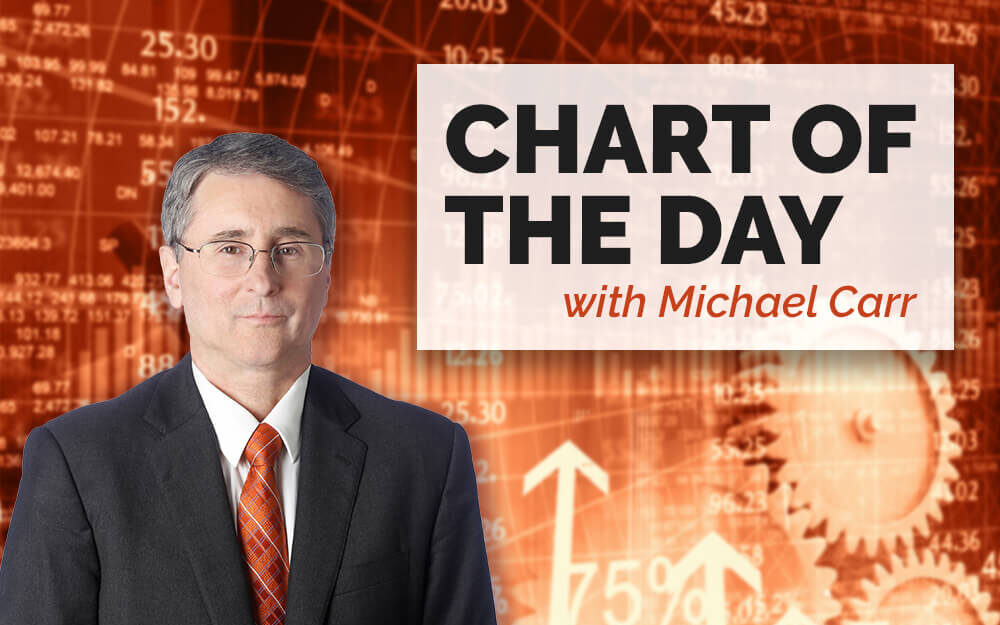
Stocktake: Just how expensive are US stocks?
Take low interest rates into account and the valuations start to look more reasonable
Interesting piece here in the Irish Times, weighing up how expensive stock market fundamentals are relatively using the Robert Shiller's measure of Excess CAPE Yield ( ~CAPE yield less interest rates).
"....
Adjusting for rates certainly changes things, says Liberum strategist Joachim Klement. His calculations suggest that compared to the last 15 years, US valuations are “on the border between fair and expensive” if you adjust for low rates.
So all clear for US stocks? Well, no. The same methodology gives an adjusted price-earnings ratio of 13.8 for Europe and 11 for the UK, compared to 24.7 for the S&P 500....."
What do people think of Excess CAPE Yield as a good measure of a specific market's overall investment attractiveness?
( Relative to historical averages in that market index??
And say, Relative to other markets???)
Last edited:


